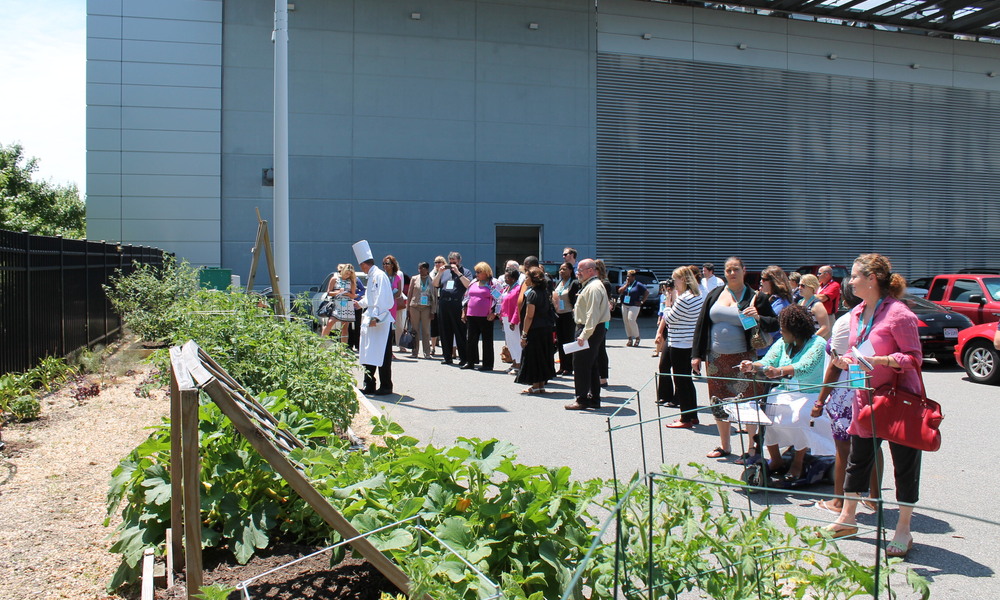
What Savvy Event Organizers—And Guests—Expect From Green Events Right Now
Sanitization doesn’t have to edge out sustainability.
These days, the term “green event” represents a firm set of deeply held beliefs and expectations. Overwhelmingly, organizers and guests alike are savvy and sensitive to environmental responsibilities—and lip service alone won’t meet the requirements when it comes to production and execution of events they produce or attend.
Front of house, guests expect to see the basics right off the bat, explains Kimberlee Dobbins, the sustainability coordinator for the three-time LEED gold-certified Virginia Beach Convention Center. “They’re looking to see if recycling is readily available and if there’s evidence of composting,” she says. “If you go to our concession stands, you’re going to get your yogurt parfait in a compostable cup. We have three-bin diversion stations, which are highly visible to guests. Those are all things that you see as you walk through the building and food-service sections in the pre-function areas” which nod to all the additional environmental efforts happening back-of-house, she says.
For instance, an on-site garden serves as a source for herbs and vegetables in event catering. And there are plenty of what Dobbins calls “not sexy” details that contribute to overall sustainability efforts. Less visible to guests, these efforts satisfy organizers’ expectations — and in some cases (such as for government entities) any sustainability requirements for their event programs. In the bathrooms, for instance, low-flow, touchless fixtures are both more hygienic and minimize water waste.
Over the last decade, events have made strides toward incorporating sustainable amenities that go way beyond simple obligatory gestures — now they’re visually and aesthetically appealing, too. For instance, in Virginia Beach, the convention center has self-serve stations for infused water with fresh fruits like citrus or berries. “It’s just a great presentation, tastes good and looks really pretty,” Dobbins says. “And it looks more upscale than just a pitcher of water on a table.”
The coronavirus pandemic has added a new layer to green event production — and the expectations for it. “The good news is that a lot of our green initiatives placed us ahead of the curve when COVID came into play,” Dobbins says, citing Merv filters, touchless fixtures and lighting with motion-sensor LEDs). “We’re all paying more attention to how things are being cleaned and what they’re being cleaned with.”
Sanitizing a venue doesn’t have to mean sacrificing sustainability, Dobbins notes. Her venue uses non-toxic cleaners and environmentally friendly materials, “both for the good of the indoor air quality and to get the cleaning job done,” she says. “We’re mindful that the products we’re using are effective against different viruses and bacteria, but still maintain a focus on sustainability.”
While guests expect to feel safe in a clean environment as face-to-face events return, they don’t want hygiene measures to negatively impact the environment. Strategies that solve both issues include digital signage, mobile apps and other touchless, contactless solutions that eliminate paper and touchpoints alike.
Dobbins says the sum of all of these efforts matters to participating players now more than ever. “It just makes a difference to these meeting planners,” she says. “People want to feel like they’re doing the right thing for the environment.”
For more ideas on how Virginia Beach can boost your attendance and simplify your next meeting or event, visit visitvirginiabeach.com/meetings.





